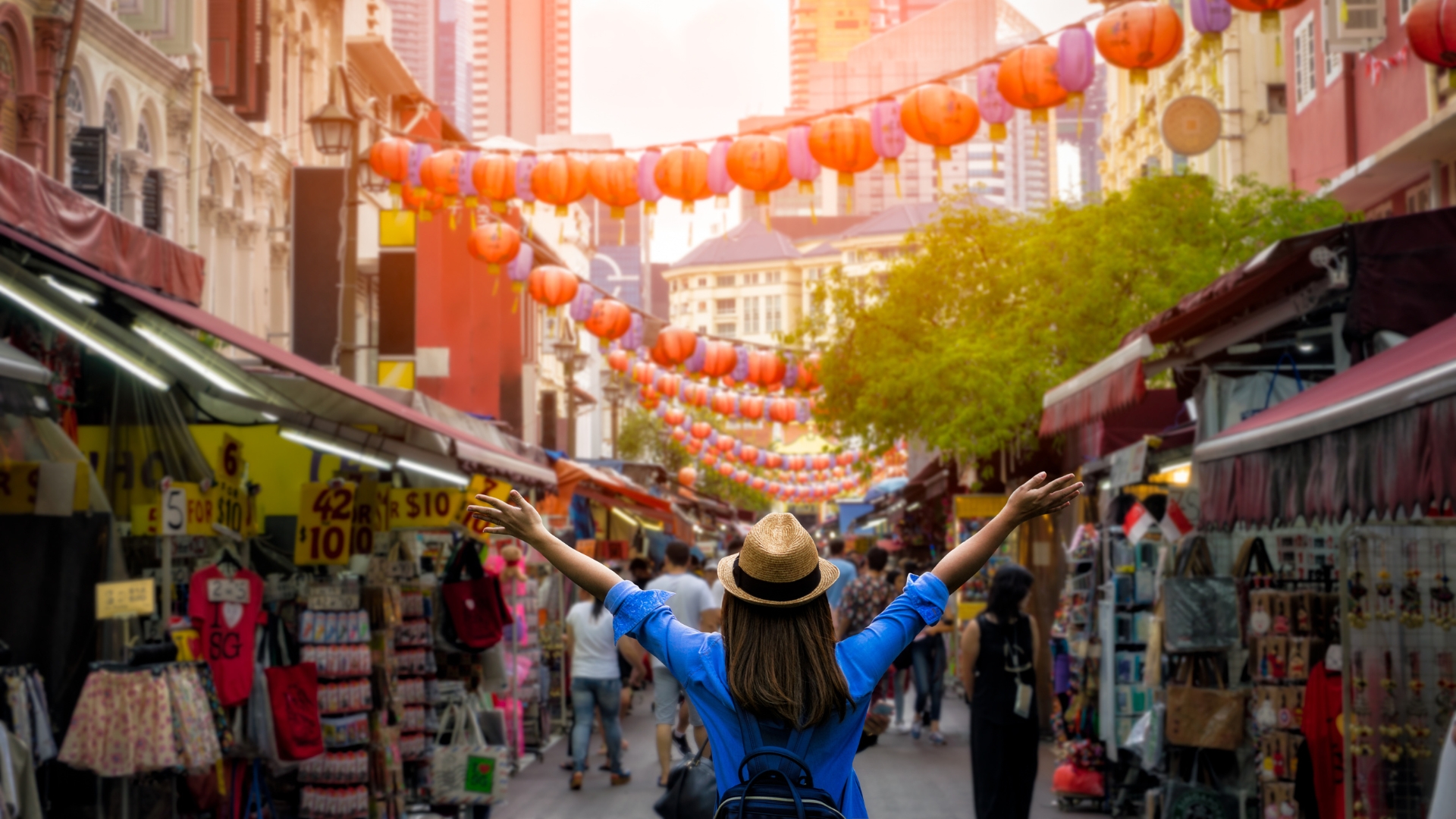On the one hand, Singapore is known for its political stability, low crime rates, and top-notch healthcare system. It is ranked one of the best places in the world to do business, work, and live.
On the other hand, the country has also gained a reputation for being one of the world’s most expensive cities, making parents hesitate to send their children to study in Singapore.
But are the stories about Singapore’s unaffordability necessarily true? And for international students, is the cost of living in Singapore really as daunting as they say? Maybe not.
You don’t need to drive
One common reason Singapore is viewed as expensive is the cost of car ownership. While that may be true, the cost of an adult fare on public transport in Singapore averages between US$0.81 and US$1.07, lower than in cities such as Paris, Sydney, and London.
The public transport network is also highly connected with six MRT lines (the equivalent of trains or the subway) and over 350 bus services covering the island.
With buses and trains coming every few minutes, it’s cheaper, faster, and often even more convenient not to drive.
“The easiest way to travel is by MRT because it’s the fastest mode in Singapore,” Jiayin Cai, an ESSEC Global Bachelor of Business Administration (GBBA) student from China, testifies.
She adds that ESSEC Asia-Pacific is just a few minutes’ walk from two MRT stations, Buona Vista station, and One-North station, making it easy for students to travel car-free.
There are plenty of budget-friendly eats
While a meal in a mid-range restaurant can cost between US$11 to US$22, Singapore also has food courts and hawker centers (outdoor food courts) that offer meals for under US$5.
These food courts and hawker centers make “food in Singapore much cheaper than in France,” GBBA student Vivien Cotier affirms.
“I lived in France for 18 years and rarely ate out because you’d have to go to the restaurant,” he shares.
In Singapore, Vivien eats out almost daily and only spends around US$296 on food each month—thanks to food courts.
In his experience, affordability doesn’t compromise quality or choice. He’s been able to find delicious food, both local and western.
And for those who want to save even more, cook advises fellow GBBA student Priscilla Ayleen from Indonesia.
“Groceries are much cheaper than you expect if you buy them at a wet market or local area. I save a lot of costs living in Singapore as most of my friends and I cook,” she adds, noting that her monthly expenditure—including food and shopping— is also around US$269.
Affordable housing options available
Housing is a final area in Singapore with a reputation for being costly.
Ultimately, the amount one will need to spend on housing depends on two main factors. The first is the neighborhood of choice, with those nearer the city center naturally commanding a higher rental price.
The second is the type of housing: whether you choose to rent a Housing Development Board (HDB) flat, which is Singapore’s equivalent of public housing, or a condominium apartment.
Contrary to what one might think about public housing, HDBs are extremely safe, well-maintained, and close to amenities.
The main difference between the two types is that condominiums often have private facilities within the compound, while HDB flats do not.
However, the added privacy comes at a price: Renting a room in a HDB flat near ESSEC Asia-Pacific costs around US$900 a month.
Renting a condominium costs around 40 percent more, which may not be worth it, as plenty of other gyms, sports facilities, and fitness options like ClassPass are available islandwide, offering more variety at an affordable price.
“You’ll have to choose based on your lifestyle. If you’re not going to use the pool, gym, or tennis court, then a HDB is perfect,” says Ethan Delaunay, a GBBA Student Ambassador from France.
In any case, while rental prices did surge in post-pandemic days, research indicates that the market is now softening, especially for condominiums—which is good news for those coming to Singapore to study.
RELATED POSTS
How to Live Like a Local in Singapore
Singapore is a cultural melting pot. Here’s how to blend in smoothly.
Accommodation Guide: Where to Live as an ESSEC Singapore Student
Finding the right place to live? Here’s a quick breakdown of housing options and the best neighbourhoods near ESSEC Singapore.
7 Essential Tips for International Students Moving To Singapore
Moving to Singapore for your studies? Welcome! You’re in for an exciting ride, and here’s a quick guide to help you settle in smoothly.
Cost of Living in Singapore: How to Budget as a Student
This guide provides practical strategies and helpful tips for students to navigate the cost of living in Singapore and keep their expenses in check.
Experiencing the Heart of Singapore’s Culture
Immerse yourself in the vibrant tapestry of Singapore’s culture—where rich traditions, iconic neighborhoods, and diverse cuisines meet innovation and…
Welcome to Singapore! Your Survival Guide
Welcome to ESSEC Asia-Pacific in Singapore—your exciting new chapter starts here! This guide will help you navigate essentials, settle in, and…








